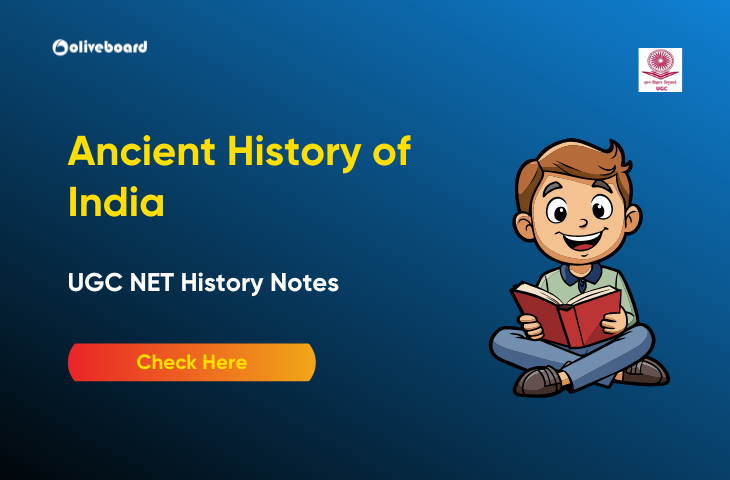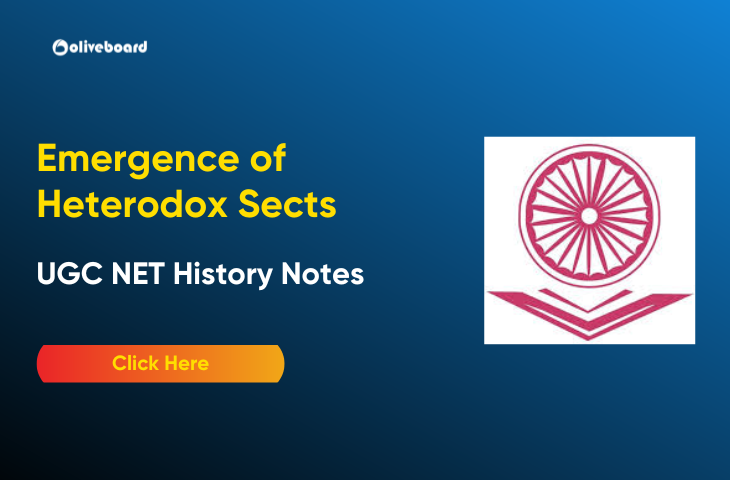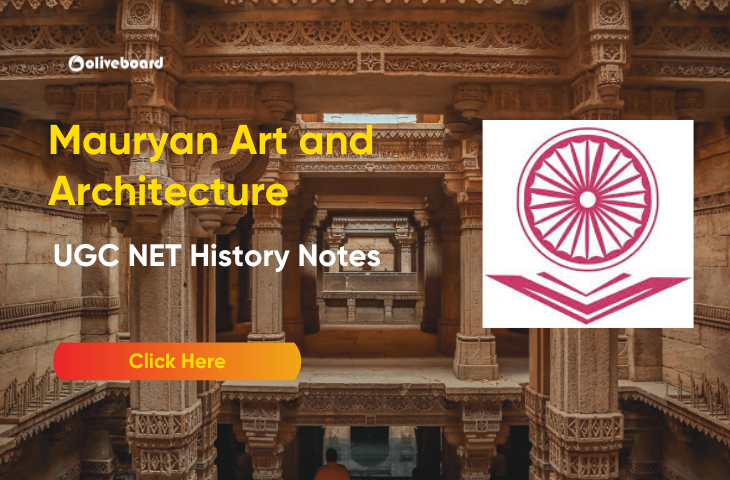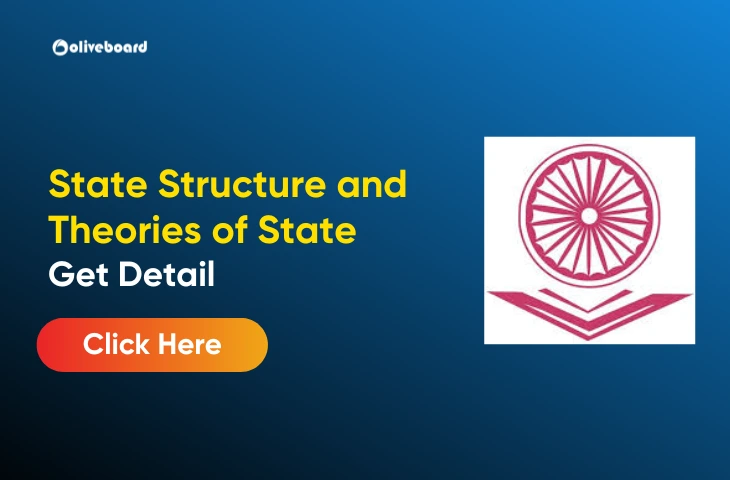State Structure and Theories of State
In ancient India, the concept of the state was complex and multifaceted. The state structure and the theories of the state played a crucial role in shaping the socio-political environment. These ideas not only provided the foundation for governance but also helped in understanding the relationship between rulers and their subjects. This article explores the state structure and the various theories of the state in ancient India.
State Structure in Ancient India
The state structure in ancient India was marked by various forms of governance, ranging from monarchies to republics. Understanding this structure helps to trace the evolution of political systems in the subcontinent.
1. Monarchical System (Rajya)
The most common form of government in ancient India was the monarchy, where the king or “Raja” held supreme power. This system was seen across most Indian kingdoms, from the Maurya Empire to smaller republics and tribes.
Key Features of the Monarchical System:
- King (Raja): The king was seen as the protector of the kingdom and its people. The king’s role was both political and religious, often performing rituals to ensure the prosperity of the state.
- Advisors (Mantris): The king was assisted by a council of ministers and advisors who helped in decision-making.
- Army (Senapati): The army played an important role in maintaining order and security within the state.
2. Republics (Mahajanapadas)
Not all regions in ancient India were ruled by monarchs. Some regions followed the republic system, where governance was more decentralized. These republics were ruled by a collective group of people or an assembly, and in some cases, elected officials.
Features of Republics:
- Assembly (Sabha or Samiti): The decision-making body consisting of elders and people of the region.
- Elected Leaders: The heads of these republics were often elected or chosen by the assembly, unlike monarchies where the position was hereditary.
- Decentralized Power: Power was distributed among various officials or councils, making governance more participatory.
3. Village-Level Governance
At the local level, villages formed the basic units of administration. The village head or “Grama” was responsible for maintaining law and order within the village and ensuring that the agricultural economy thrived.
Key Features of Village Governance:
- Grama or Gramani (Village Head): He was the chief authority and played a role similar to a local administrator.
- Community Role: The community members actively participated in decision-making, especially in matters concerning the welfare of the village.
Theories of State in Ancient India
Theories of the state in ancient India were deeply influenced by philosophical, religious, and cultural ideals. These theories explained the role of the state, the ruler, and the governed.
1. Theories from the Vedas and Upanishads
The earliest theories of the state can be found in the Vedic texts, where the state is portrayed as a divine institution. According to the Vedic vision, the state existed as a part of a cosmic order that governed both the heavens and the earth.
Key Concepts:
- Dharma (Cosmic Law): The state was expected to follow dharma, or the righteous path, in all its actions. The king was considered a guardian of dharma and his duty was to uphold justice and morality.
- Rajas and Brahmins: The king was seen as a representative of the divine order, while the Brahmins played a key role as advisors and priests who provided guidance on the state’s moral and spiritual duties.
2. Kautilya’s Arthashastra
Kautilya’s Arthashastra is one of the most significant ancient Indian texts on political theory. Written by the scholar Chanakya, it offers a pragmatic view of the state, focusing on realpolitik and governance.
Key Features of Kautilya’s Theory:
- Machiavellian Approach: Kautilya believed that the ruler’s primary goal should be to maintain state power at all costs, even through manipulative and coercive means.
- Saptanga Theory: This theory explained the seven essential components of a state: the king, ministers, territory, fort, treasury, army, and allies. These components worked together to ensure the stability and survival of the state.
- Importance of Intelligence: Kautilya emphasized the importance of espionage and intelligence for the welfare of the state.
3. Mānavadharma Shastra (Manu Smriti)
The Manu Smriti is another important text that sheds light on the theories of state in ancient India. It outlines the roles and responsibilities of rulers, citizens, and society, offering a moral foundation for governance.
Key Concepts:
- Divine Right of Kings: According to Manu, kings were divine figures whose power and authority came from the gods. The king was to act as a protector of law and order.
- Social Hierarchy: The Manu Smriti also provides a framework for social order, including the caste system, where the state was expected to preserve societal roles and duties.
4. Buddhist and Jain Views on State
Both Buddhism and Jainism presented a more spiritual and ethical view of the state. They emphasized the importance of non-violence, compassion, and welfare of all beings in governance.
Buddhist Influence:
- Dhamma Raja: The Buddhist texts highlight the idea of the “Dhamma Raja,” a king who rules according to Buddhist principles of morality and justice.
- Welfare of People: The state’s primary function was to ensure the welfare of all beings, and the ruler was expected to protect people from suffering and injustice.
Jain Influence:
- Ahimsa (Non-Violence): Jainism stressed the principle of non-violence in governance. The state was expected to protect all life forms, promoting peaceful coexistence.
5. The Theory of Political Legitimacy
Another significant theory discussed in ancient Indian texts was the concept of political legitimacy. It stated that a ruler’s right to govern was justified through their ability to protect the people, maintain order, and promote justice.
Key Points:
- Righteous Governance: A ruler’s legitimacy was based on the ruler’s adherence to dharma and ethical principles.
- Public Welfare: The well-being of the people was the measure of the ruler’s success. If a ruler failed to protect the people or maintain justice, their rule could be questioned.
Comparison of Key Theories of State
The key theories of state in ancient India vary, with Vedic and Manu Smriti emphasizing divine authority, Kautilya focusing on realpolitik, and Buddhist and Jain views promoting welfare and non-violence in governance.
| Theory | Origin/Source | Key Features |
| Vedic/Upanishadic | Vedic texts, Upanishads | Cosmic order, divine role of king |
| Kautilya’s Arthashastra | Arthashastra | Realpolitik, importance of intelligence |
| Manu Smriti | Manu Smriti | Divine right of kings, social hierarchy |
| Buddhist View | Buddhist texts | Welfare of all beings, Dhamma Raja |
| Jain View | Jain texts | Ahimsa, non-violence in governance |
Conclusion
The state structure and theories of state in ancient India were diverse and reflected the various philosophical, social, and religious traditions of the time. From the monarchical systems governed by kings to the more participatory republics, the political landscape was rich with different forms of governance. Theories like those of Kautilya, Manu, and the Buddhist and Jain traditions provided essential insights into the role of rulers, the state’s duties, and the relationship between the government and the governed. These historical theories continue to influence political thought and governance in modern India.
State Structure and Theories of State – FAQs
Ans. The state structure in ancient India involved a hierarchical system with kings at the top, supported by a complex bureaucracy and society.
Ans. The main theories include the Vedic, Kautilyan, Manu Smriti, Buddhist, and Jain perspectives, each offering unique views on governance and the role of the ruler.
Ans. The Vedic theory emphasizes the cosmic order and the divine role of the king in maintaining harmony and order in society.
Ans. Kautilya’s Arthashastra advocates for realpolitik, stressing the importance of intelligence, strategy, and pragmatism in governance.
Ans. According to Manu Smriti, the king derives his authority from divine right and is responsible for upholding social order and justice.
- Ancient History of India – UGC NET History Notes

- Emergence of Regional Powers in Early Medieval India- UGC NET History Notes

- Emergence of Heterodox Sects – UGC NET History Notes

- UGC NET History Previous Year Question Paper, PDF Download

- Sangam Literature – UGC NET History Notes

- Mauryan Art and Architecture – UGC NET History Notes


Hello there! I’m a dedicated Government Job aspirant turned passionate writer & content marketer. My blogs are a one-stop destination for accurate and comprehensive information on exams like Regulatory Bodies, Banking, SSC, State PSCs, and more. I’m on a mission to provide you with all the details you need, conveniently in one place. When I’m not writing and marketing, you’ll find me happily experimenting in the kitchen, cooking up delightful treats. Join me on this journey of knowledge and flavors!
